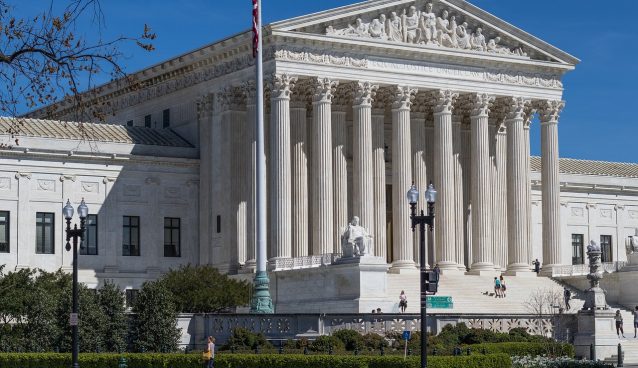Appointing the Next U.S. Supreme Court Justice

Last November, during the Presidential election, was the time to express concern for the ideological makeup of the United States Supreme Court for this generation Not now. It is too late.
When America voted for Donald Trump as President, they may or may not have realized it, but they voted to use his litmus test in the event a vacancy on the United States Supreme Court. Trump pledged to nominate a conservative.
America had a choice last November. Clinton presented her own litmus test. During the campaign for President, Hillary Clinton described her ideal justice, stating: “I will do everything I can to appoint Supreme Court justices who protect the right to vote and do not protect the right of billionaires to buy elections.” America chose Donald Trump’s litmus test instead.
The retirement of Justice Kennedy has now created a vacancy a conservative will replace him. The only question remaining is the extent of the nominees’ conservatism and the legal theory they espouse—originalism, active constitutionalism or judicial pragmatism.
The Power of the President to Shape the Supreme Court
Because justices of the U.S. Supreme Court are appointed for life, vacancies on the U.S. Supreme Court are rare. Combined with the power wielded by the Court, the appointment process is a significant political event. But how much power would the next President of the United States have in shaping the country’s highest court?
The Constitution requires the president to submit nominations to the Senate for its advice and consent. The “Appointments Clause” set forth in Article II, Section 2, clause 2 specifically states that the President “shall nominate, and by and with the Advice and Consent of the Senate, shall appoint … Judges of the Supreme Court.”
As described by scholar Joseph P. Harris, the joint power is the result of a compromise reached during the Constitutional Convention between “one group of men [who] feared the abuse of the appointing power by the executive and favored appointments by the legislative body,” and “another group of more resolute men, eager to establish a strong national government with a vigorous administration, [who] favored the granting of the power of appointment to the President.”
A Brief History of Supreme Court Nominations
Since the first Supreme Court justices were appointed in 1789, presidents have made 160 nominations for the Court, including those for chief justice. Of those, the Senate ultimately confirmed 124. While some of the rejected nominees were rejected during Senate votes, most were withdrawn or abandoned after the President recognized that their confirmation was unlikely.
For Presidents, nominating a Supreme Court Justice is an opportunity to continue their legacy long after they have left office. Of his nomination of John Marshall to the Court, President Adams stated, “My gift of John Marshall to the people of the United States was the proudest act of my life.” Chief Justice Marshall, whose most well-known opinions include seminal cases like Marbury v. Madison, is credited with solidifying the Supreme Court’s authority to interpret constitutional law, as well as its place as a co-equal branch of government.
The Senate also reveres its role in the appointment process. As Sen. Daniel P. Moynihan stated during the confirmation hearings for Justice Ruth Bader Ginsburg, the Senate “is perhaps most acutely attentive to its [advise and consent] duty when it considers a nominee to the Supreme Court. That this is so reflects not only the importance of our Nation’s highest tribunal, but also our recognition that while Members of the Congress and Presidents come and go . . . , the tenure of a Supreme Court Justice can span generations.”
While the nomination of Supreme Court justices is a revered tradition, it is also a political process. Ultimately, the majority of the United States Senate will make the decision whether the President’s choice is compatible with their ideology and acceptable to the majority of the American people as they perceive it.
